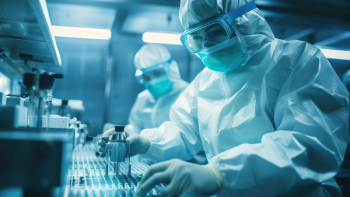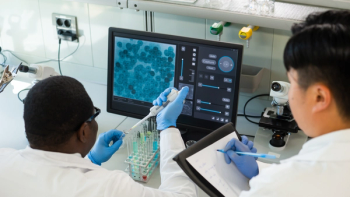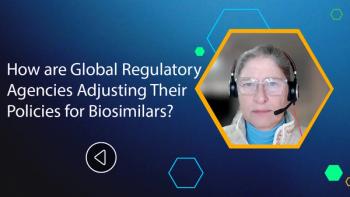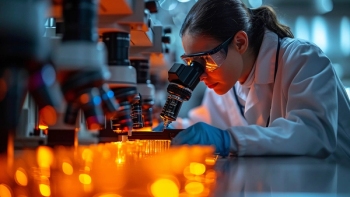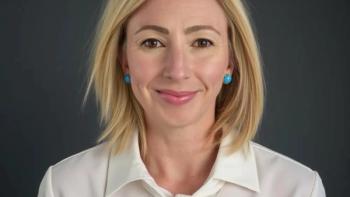
The Situation We Faced: The Hard Lessons of Scaling Stem Cell Production
BioLamina CEO Klaus Langhoff-Roos discusses the challenges of scaling stem cell production from lab plates to bioreactors, emphasizing the balance between cost, risk, and speed in advancing laminin-based technologies that could accelerate next-generation cell and gene therapies.
The situation that BioLamina CEO Klaus Langhoff-Roos faced was a producer cell line that worked, but not well enough.
In his own words, Langhoff-Roos explains “oftentimes there is in biotech digital ones and zeros, but most of what you do is in the gray zone. Some people [BioLamina Staff] realized this is not scalable, but others said, look at it actually seems like it's scalable…you have the investors saying, look, I'm willing to invest, but can you guarantee me that it's going to work when you scale it up, and a customer who says, look, will this work?
"Can you guarantee me that the product will work when you put it at scale in a bioreactor instead of on a plate? That is a dance that we were in for quite some time before we actually landed in small steps towards a scale up situation.
"If I were to revisit that, I would have loved to be able to do that [conversation] much quicker…it takes time and effort and, and trial and error…How much of that can you do in parallel and how much of that do you have to do in sequence, goes back to well, people willing to let you do things in parallel.
"That's higher cost, of course, lower risk, but still higher cost…We quickly get an indication of whether it works or not and we don't spend a lot of time discussing why it didn't work until…, the speed element I think is probably one of the most important things in all of what we're doing in this space, but I mean which is stem cell. [These] therapies have been under development for 30 years now. There's readout next year in phase three for a cure for type 1 diabetes.”
As the rise of advanced therapeutic medicinal products (ATMPs) accelerates, and particularly, spread outward into the autoimmune space, one of the new vocabulary words (and, no pun intended, high growth rate products) we all need to become most familiar with, is Laminin 521. For cell and gene therapies, we are now realizing the importance of producer lines in ecosystems that most closely mimic natural systems, produce more effective and higher titer, and higher potency ATMPs.
Here we turn our attention to the in vivo stem cell matrix. One key to improved cell function lies in the essential roles of laminins within the stem cell microenvironment, across various human tissue types.
From Biolamina’s get-up-to-speed explainer website, “In the early embryo, laminin-521 is the first extracellular matrix molecule to appear within the embryonic stem cell niche, already at the four-cell stage. Unlike other matrix products, full-length laminin serves as the foundational support for self-renewing stem cells in their natural niche.”1
From an early basic research paper, we learn “Conventionally, human embryonic stem cells (hES cells) are cocultured on feeder cells, but the use of hES cells in future personalized medicine requires xeno-free and ideally even feeder-free culture conditions Such xeno- and feeder-free culture conditions are needed to avoid immunogenicity, microbial or viral contamination, and batch-to-batch variability of the culture matrices used.”2
Sources
- Biolamina company website accessed 10/8,
https://biolamina.com - Stukenborg, J, Albalushi, Kurek, M et al, Laminin 521 Stabilizes the Pluripotency Expression Pattern of Human Embryonic Stem Cells Initially Derived on Feeder Cells, Stem Cells Int. 2018 Feb 18;2018
Newsletter
Lead with insight with the Pharmaceutical Executive newsletter, featuring strategic analysis, leadership trends, and market intelligence for biopharma decision-makers.

